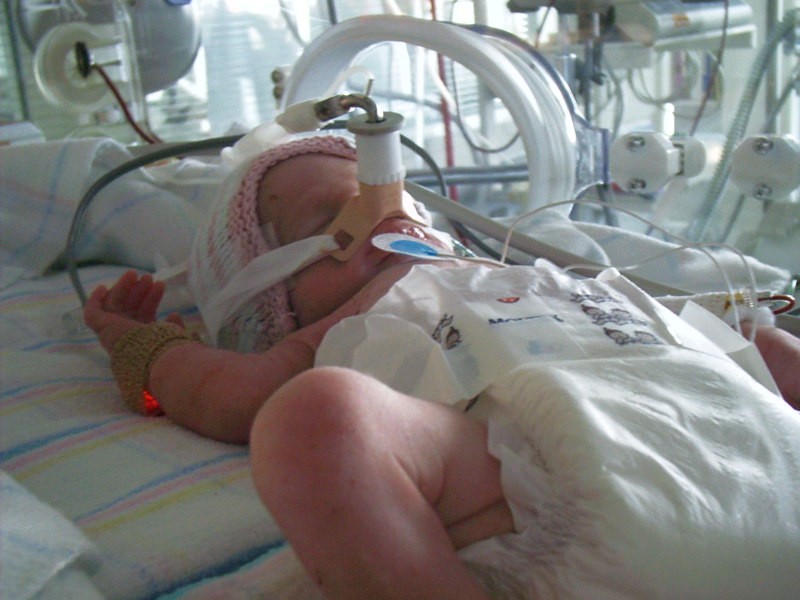The human body is such a wonderful structure capable of performing tasks that reflect the complexities of nature. One of the most amazing human feats, especially among women, is pregnancy and childbirth. However, there are times when some health challenges are encountered during gestation, leading to premature birth.

What Causes Preterm Birth?
A baby inside the mother's womb goes through important stages of development, even in its final months and weeks of pregnancy. A typical pregnancy lasts about 40 weeks; if the baby is born too early, it is considered premature. Preterm birth happens when the child is delivered before the 37th week of pregnancy.
According to WHO, about 13.4 million babies were born prematurely in 2020. The complications associated with this condition are the leading causes of death among children under 5.
Preterm birth happens for various reasons. Although most preterm births occur spontaneously, some are caused by medical concerns. These may include multiple pregnancies, infections, chronic health problems like diabetes and high blood pressure, or pregnancy complications requiring labor induction or cesarean birth.
Artificial Environment for Premature Babies
In Spain, a group of researchers from Barcelona created an artificial womb to provide a suitable environment for developing extremely premature babies. The team is headed by Eduard Gratacos, director of the BCNatal medical research center and a professor at the University of Barcelona.
The researchers tried to create a system that allows a fetus to be kept outside the mother's body but is still maintained in fetal conditions. They developed an artificial placenta prototype that recreates a protective environment to make this possible. It includes a translucent container made of biocompatible material where the fetus's brain, lungs, and intestines will continue to develop. The fetus continues to breathe and eat through the umbilical cord. It is also surrounded by fluid at a constant temperature.
The container is then attached to an amniotic fluid circulation system to maintaining the fetus separated from external stimuli. The isolated embryo can still be accessed for ultrasound controls and monitoring.
The Spanish researchers had performed pre-clinical studies with lambs where the embryo achieved 12-day survival. They also plan to test the artificial placenta prototype with pigs before proposing a human trial. According to Gratacos, their research is a highly complex project involving various medical specialties and needs different types of engineers. He also admits that achieving this project that tricks nature is extremely delicate.
Although the study of the Spanish researchers gained positive results, it must still be rigorously tested in clinical trials on humans to ensure that it is safe and has no side effects. This was confirmed by Kelly Werner, assistant professor of pediatrics at Columbia University. Werner further explains that even if the results provide an exciting development, the artificial placenta is still not intended to replace the natural one. Despite these breakthroughs, the scientific community should still focus on supporting maternal health and decreasing risk factors that could lead to preterm birth.
RELATED ARTICLE: Survivor: Baby Born at 22 Weeks Fought Through a Bleeding Brain, a String of Infections and Other Life-threatening Problems Now Home at Last
Check out more news and information on Childbirth in Science Times.














